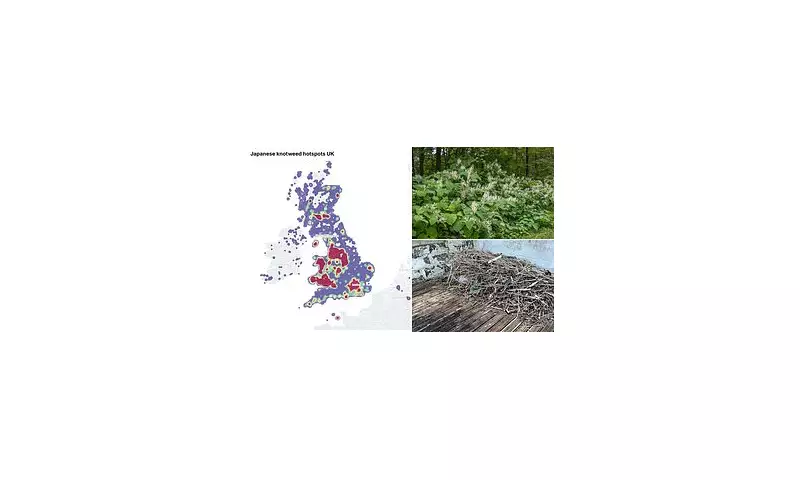
Warmer weather conditions in the UK are creating the perfect environment for Japanese knotweed to spread aggressively, according to recent reports. This invasive plant, known for its destructive root system, is causing increasing concern among homeowners and environmentalists alike.
Why Japanese Knotweed Is a Growing Problem
Originally introduced as an ornamental plant in the 19th century, Japanese knotweed has since become one of the most troublesome invasive species in Britain. Its rapid growth and ability to damage foundations, roads, and drainage systems make it a serious threat to infrastructure.
Experts note that the plant's expansion has been particularly noticeable during recent warm spells, with new outbreaks being reported across multiple regions.
The Hidden Dangers in Your Garden
What makes Japanese knotweed especially problematic is its resilience:
- Can grow up to 10cm per day during peak season
- Roots can extend 3 metres deep and 7 metres wide
- Capable of breaking through concrete and tarmac
- Extremely difficult to eradicate completely
Legal and Financial Implications
The presence of Japanese knotweed can significantly reduce property values and make mortgages harder to obtain. Under UK law, homeowners are required to prevent its spread to neighbouring properties, with potential legal consequences for negligence.
Professional removal can cost thousands of pounds, and improper disposal is actually illegal, as even small fragments can regrow into new plants.
Climate Change Connection
Scientists warn that as temperatures continue to rise, Japanese knotweed may find even more favourable conditions for growth. The plant thrives in warmer weather, and milder winters mean it faces fewer natural checks on its expansion.
Ecologists are particularly concerned about its impact on native biodiversity, as knotweed forms dense stands that crowd out other vegetation.





